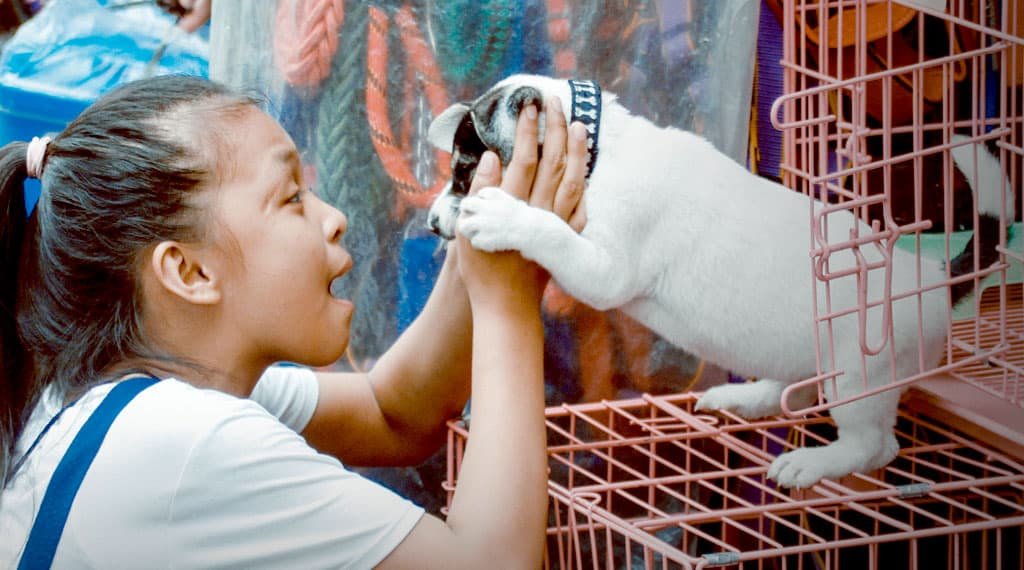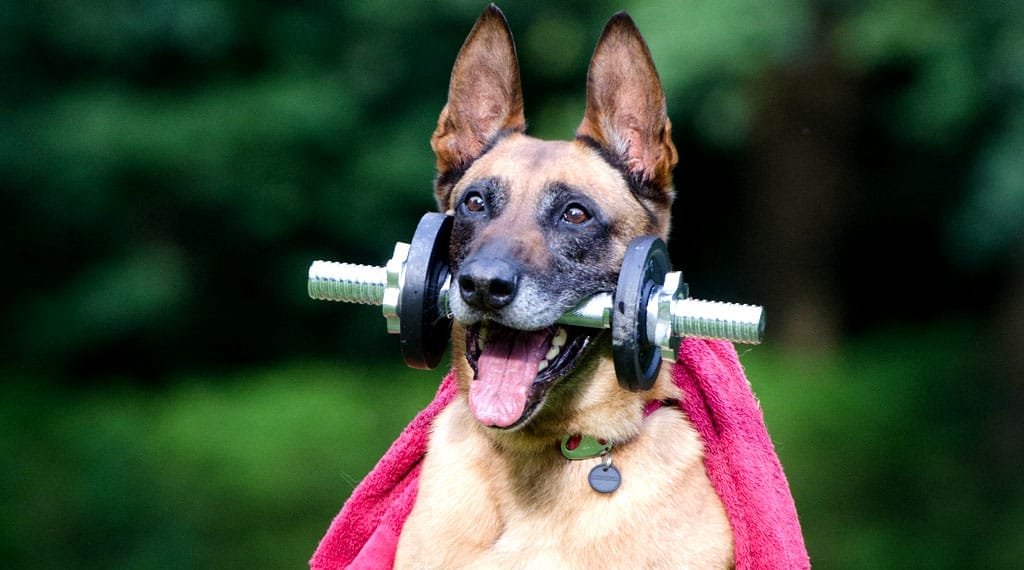When it comes time to clean that fur-filled haven, pet parents who have faced the difficult process of cleaning a dog bed understand just how it feels.
Most dog beds include a cover that can be removed, which makes laundry day a little bit easier. So, this is a complete guide on Cleaning a Dog Bed Without a Cover
Don’t worry, we’ve created the best guide to make things easier and maintain a clean, fresh, and comfortable area for your dog.
The Problem with Cover Less
If the coverings on dog beds that cannot be removed are not regularly cleaned, they can turn into a haven for bacteria, parasites, and unpleasant odors.
Since there isn’t a detachable cover, you’ll need to clean with a little more creativity. It also suggests that the stakes are higher because it becomes more important to maintain cleanliness without compromising the integrity of the bed.
Prepare for the Work
Assemble your materials before you start cleaning. You may be shocked at how easy it is to clean your armor. For Cleaning a Dog Bed Without a Cover, You’ll require:
Attachment for a hoover cleaner to clean upholstery
Baking soda
Cleaner with enzymes
An old toothbrush or cleaning brush
A big washbasin or hose
A laundry
A space large enough to allow air drying or a drier
Gloves made of rubber
Preventive Power: Everyday Upkeep
To keep dog beds uncluttered, a little more attention to detail is needed. The quantity of dirt in your dog’s bed can be greatly decreased by giving him a brush down after walks.
Hair and dirt can be easily controlled by regularly vacuuming the bed, particularly if your pet is prone to shedding.
Spot Cleaning: The Secret to Vibrance
Do not put off cleaning until the next major day if you see that a particular section of the bed is unclean After wiping off any leftover moisture with a paper towel, use a warm water and mild soap solution to gently scrub the stain away.
Cleaning an Impermeable Dog Bed
Before cleaning your bed, use your hoover to get rid of any hair and loose dirt. Afterwards, apply a thick layer of baking soda to the bed’s surface to eliminate any strong odors.
After giving the baking soda at least fifteen minutes to do its deodorizing job, hoover it up.

The Thorough Cleaning
After completing the preparations, use an enzymatic pet cleaner to wash the entire bed. These cleansers are especially useful for pet bedding because they are made specifically to break down organic debris.
First, give the bed a good soak, making sure to completely submerge it. Next, liberally apply the enzymatic cleanser, paying special attention to any areas that are discolored. Apply the cleaner with a scrub brush or an old toothbrush on fabrics and bedding that are tolerant of some agitation.
Give the cleaner ten to fifteen minutes to get into the stains and odors if you’re cleaning a bed that can’t be moved. Make sure all of the cleanser is removed from the bed by giving it a good rinse.
The Dilemma of Drying
Depending on the size and material, you have a few alternatives for drying a bed with a removable cover:
Use the delicate cycle on your washing machine to get rid of extra water if the bed is small enough to fit in it.
If the material permits, air dry it in the sun following a spin cycle or put it in a dryer. In addition, the UV radiation has a built-in disinfectant.
You will need to air dry your larger bed if it is too large to fit in the washing machine after manually squeezing out any extra water using towels or your hands.
Going Above and Beyond
If the scent or stain is particularly tough to get rid of, you might need to take additional safety measures. Clean the stained area carefully with a solution of warm water mixed with a small amount of laundry detergent to get rid of stains.
Soak the bed entirely in a vinegar and water mixture, then let it air dry to get rid of any odors.
Continuous Hygiene
Consider incorporating this cleaning guide into your monthly regimen to help you remain on top of hygiene. Frequent upkeep keeps your house fresh and clean and gives your four-legged pet a comfortable place to rest.

Last Words of Advice
Please refer to the manufacturer’s cleaning instructions before starting any procedures. Put on gloves to safeguard your hands, particularly when handling cleaning supplies or in unclean areas.
A complete cleaning that is done correctly the first time is considerably superior to a hasty one that could need to be redone, so never rush cleanings.
For your pet’s comfort and health, cleaning a dog bed without a removable cover can take a little longer, but it’s still necessary. Your dog’s favorite location can become a tidy haven in your house with the appropriate strategy and a little elbow grease.
Recall that keeping your dog bed clean goes beyond simple housekeeping to include creating a space where your pet feels secure, well, and appreciated. Dog lovers, happy cleaning!
FAQ
Can I use any type of cleaner to clean my dog’s bed without a cover?
It is necessary to utilise a cleaning agent designed especially for pet bedding, ideally with enzymatic qualities. Pet stains and smells are among the organic detritus that these cleaners are made to efficiently dissolve, guaranteeing a deep clean without sacrificing the bed’s structural integrity.
How often should I clean my dog’s bed without a cover?
To keep your dog’s bed clean and fresh, you should try to clean it at least once a month. On the other hand, more frequent cleaning can be required if your pet has an accident or sheds a lot. In order to stop spills and stains from spreading, spot cleaning should be done as soon as they are discovered.
Can I machine wash a dog bed without a removable cover?
You might be able to use the delicate cycle on smaller dog beds that fit in the washing machine to get rid of extra water and debris. However, it is advised to hand wash or spot clean larger beds or those composed of materials that might not hold up to machine washing before letting them air dry.
How can I ensure thorough drying of the dog bed after cleaning?
In order to stop the growth of mould and mildew, proper drying is necessary. If the bed is small enough, you can remove extra water from it by running your washing machine on the delicate cycle before letting it air dry or using a dryer. For larger beds, use towels or your hands to physically press out any excess water before letting it air dry in a well-ventilated space or, if feasible, outside in the sun.


